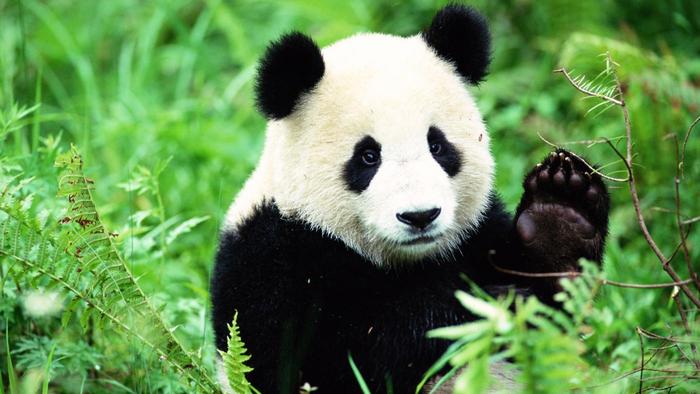
Thanks to almost two decades of organized conservation efforts, the giant panda is officially removed from the International Union for Conservation of Nature’s list of endangered species. Panda bear populations were elevated to “endangered” in 1986, primarily as a result of deforestation, farming, and the systematic destruction of their natural habitats. Successful breeding programs around the world, most notably in the bear’s native China, have managed to augment the number of pandas to 1,864 worldwide, a number the World Wildlife Fund for Nature calls “hugely encouraging.”
The giant panda is now classified as “vulnerable,” alongside the African elephant and polar bear. These designations are determined by the IUCN on a sliding scale known as the “Red List,” reflective of which animal populations face the most severe threat of extinction. The group says the panda populations increased 17 percent in the decade leading up to 2o14. This number is also reflective of protective government initiatives, including safeguarding and replanting bamboo forests. Everyone knows how much panda bears love bamboo–almost as much as they love cake.
The silver lining is not without a cloud: the IUCN warns that climate change could destroy a third of the giant panda’s habitats, essentially undoing the population growth China has worked diligently to achieve. Wildlife experts also suggest contextualizing the panda’s thriving numbers against the 52 percent decline in worldwide fish, reptile, mammal, bird, and amphibian populations since 1970.
(Via Sky News)
